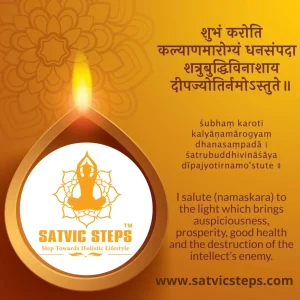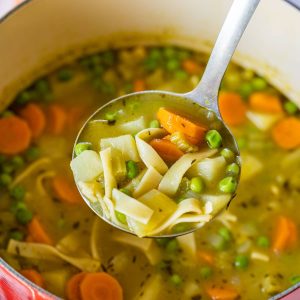”If the mind is not under control with the help of satvic food, asana- pranayama, then give the mind at the feet of Sadguru”
– Sadguru Acharya Shri Swatantradeo Ji Maharaj
Find Your Center, One Pose at a Time.
Balance, Strength, Flexibility – Discover the Trinity of Yoga.

About Chandrakant Nirbhay
- Chandrakant Nirbhay is a Yoga Instructor, Astrologer, and lifestyle educator. He has established himself as an accomplished blogger and the founder of Satvic Steps, an education platform. Chandrakant Nirbhay’s personal journey toward transformation began when he successfully healed his own illnesses through the adoption of a natural lifestyle and the blessing of Sadguru Swatantradeo ji Maharaj. He is a devoted disciple of Sadgurudeo-Vihangam Yoga.
- At the age of 17, Chandrakant Nirbhay consciously decided to dedicate his life to enhancing people’s lifestyles. He underwent comprehensive training to become a holistic lifestyle educator, receiving guidance from various esteemed Indian masters. Through this, he acquired extensive knowledge in the fields of nature cure and occult. Chandrakant Nirbhay’s ultimate aim is to share this ancient wisdom, tailored to suit modern lifestyles, with as many individuals as possible, making use of the wide array of technological tools available today.
In short -Yoga
Yoga is an ancient physical, mental and spiritual practice that originated in India. The word ‘yoga’ derives from Sanskrit and means to join or to unite, symbolizing the union of conscious entities. Today it is practiced in various forms around the world and continues to grow in popularity. Nowadays yoga is an ascetic discipline, a part of which, including breath control, simple meditation, and the adoption of specific bodily postures, is widely practiced for health and relaxation.

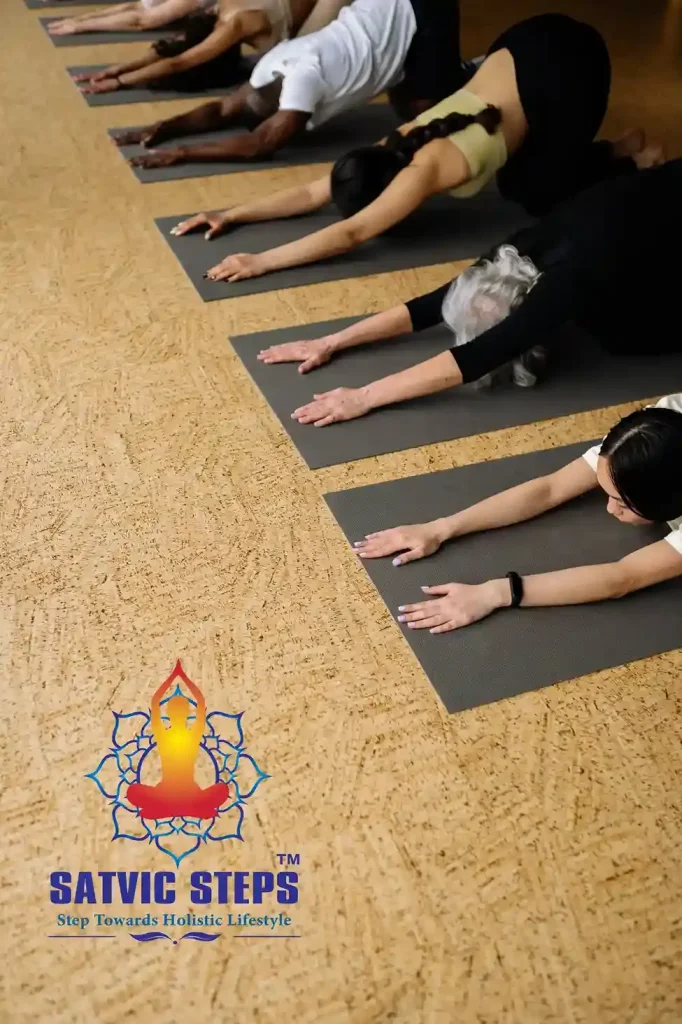



Physical Well-being
Yoga cultivates strength, flexibility, and balance. As you flow through postures, you build a resilient and agile body. The practice enhances circulation, contributing to better cardiovascular health.

Mental Clarity
In the fast-paced modern world, mental clarity is a precious commodity. Yoga offers a sanctuary for your mind, reducing stress and promoting a sense of calm.

Emotional Wellness
Yoga is a journey inward, encouraging emotional awareness and resilience. It provides tools to navigate life's challenges with grace and compassion, fostering emotional well-being.
Testimonials
My Happy Clients!


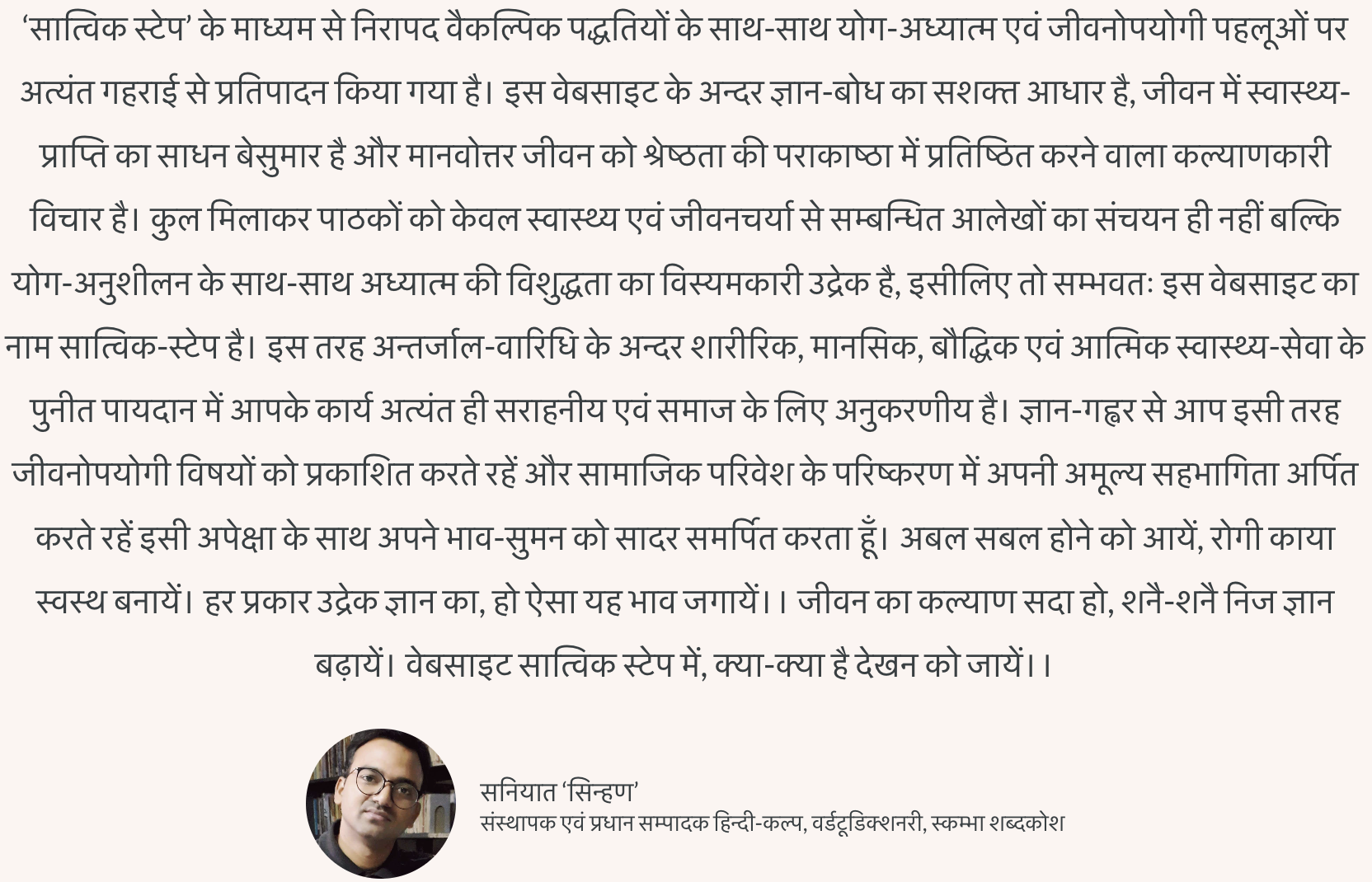

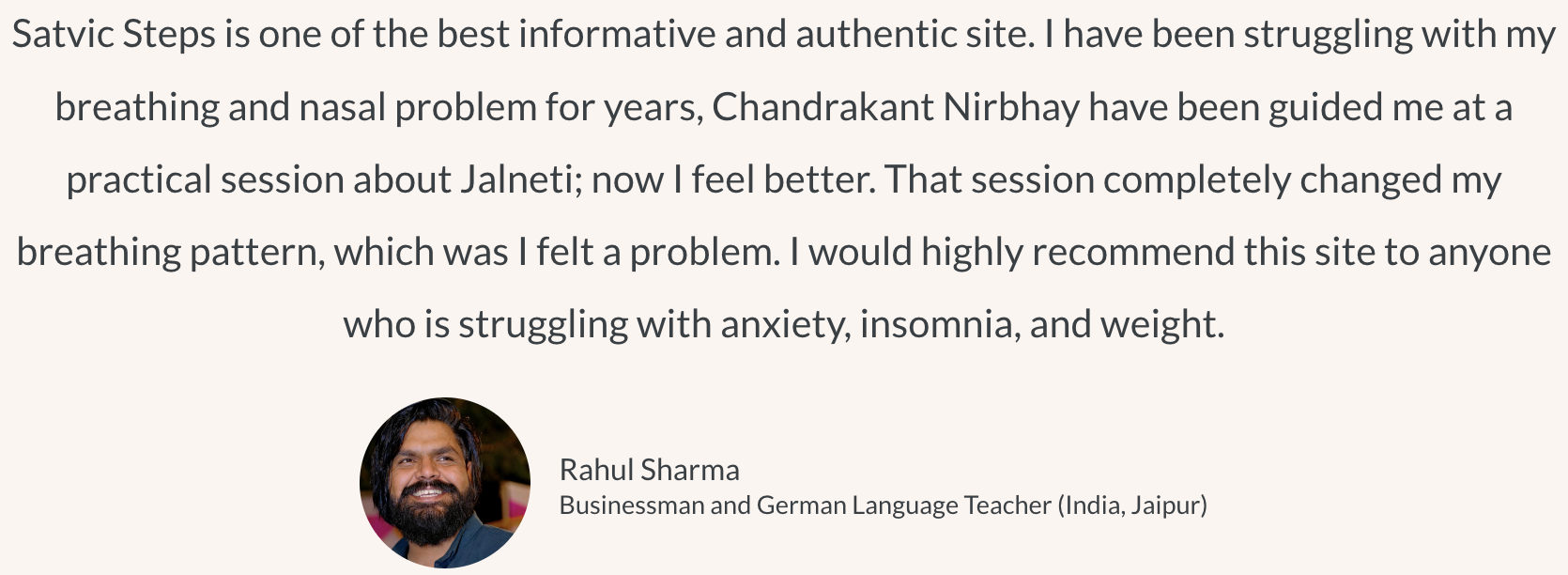




Area of Expertise!
The astrology industry is huge. There are many people out there who believe in astrology, and there are many people who don’t believe in it. Astrology is the belief that the alignment of stars and planets can affect a person’s mood, behaviour, and life events. Although some astrology predictions can be accurate, most of them are not. For example, astrology cannot predict your future. But it seems to be able to take the right decisions at problematic situations in life.
Vastu is an ancient Vedic concept that has been used for centuries in order to ensure a space is organized according to its corresponding elements. Much like numerology, vastu works to ensure a building or space is conducive to positive energy and prosperity. Practiced by professionals within architecture and design, Vastu relies on the principles of design, placement, and orientation to ensure balance and harmony in a space. By understanding the elements associated with vastu, one can create a space that is both aesthetically pleasing and supportive of positive energy.
Numerology is an ancient tradition that has been around for centuries and is still practiced today. It is the belief that numbers can have a spiritual influence over our lives. Many people believe that by examining the numbers associated with various aspects of their life, such as their mobile number, ID number and vehicle registration number, they can gain insight into their life journey and destiny. Numerology can help create a deeper understanding of ourselves and our personal life path, and can be used to identify areas in our lives in which we should focus more attention. By unlocking the natural vibrations of these numbers, we can gain powerful insight into the reality of our lives.
Tarot card reading is a form of divination that uses a deck of 79 cards to gain insight into the human behavioural aspect. It is based on the belief that symbols and numbers have mystical meanings and that each symbol and number is associated with a certain energy. The cards are used to interpret the energies associated with each number and symbol. During a reading, the tarot reader lays out the cards in a pattern and interprets their meaning based on the symbols they represent. Tarot card reading can provide guidance and help in decision-making.
Content writing is becoming more and more important in today’s market. Not only is it important for website content, but it’s also important for marketing your businesses online. Digital content writing is the process of creating informative and engaging content. It can take many forms, from blog posts to eBooks, and can be a valuable tool for branding your business.




